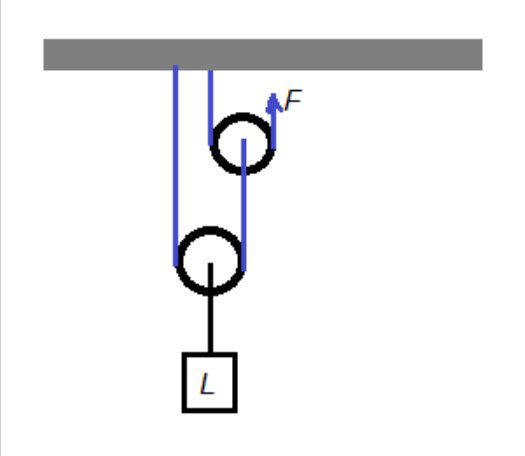
Module 4: Pulley Systems goes into great detail regarding pulleys.
Module 1: Levers provides an explanation of all aspects of levers and their classes, including mathematical computations.
Third Class Levers are exemplified by this. Module 1: Levers contains all the pertinent information about levers and their classes.
There are multiple pulleys involved in this scenario. Take a look at Module 4: Pulley System to see how to solve it.
Module 14: Magnetism provides an explanation of magnets and their characteristics. You will also learn how to manufacture a magnet in this subject.
This inquiry relates to circular motion. As a result, after reviewing Module 7: Circular Motion, the problem is resolved.
The benefits and drawbacks of various electric circuit configurations are covered in Module 12: Series and Parallel Circuits.
Advertisement
In Module 4: Pulley Systems, you will learn how to compute the mechanical advantage of a combined system of pulleys.
The entire topic of symbols and circuit element applications is covered in detail in Module 10: Electrical Circuits.
In Module 3: Wheel and Belts, you will learn how to determine the number of turns and rotational direction of a given wheel.
When a liquid doubles in density and an object submerged in it half as deep, the liquid's pressure will also half.